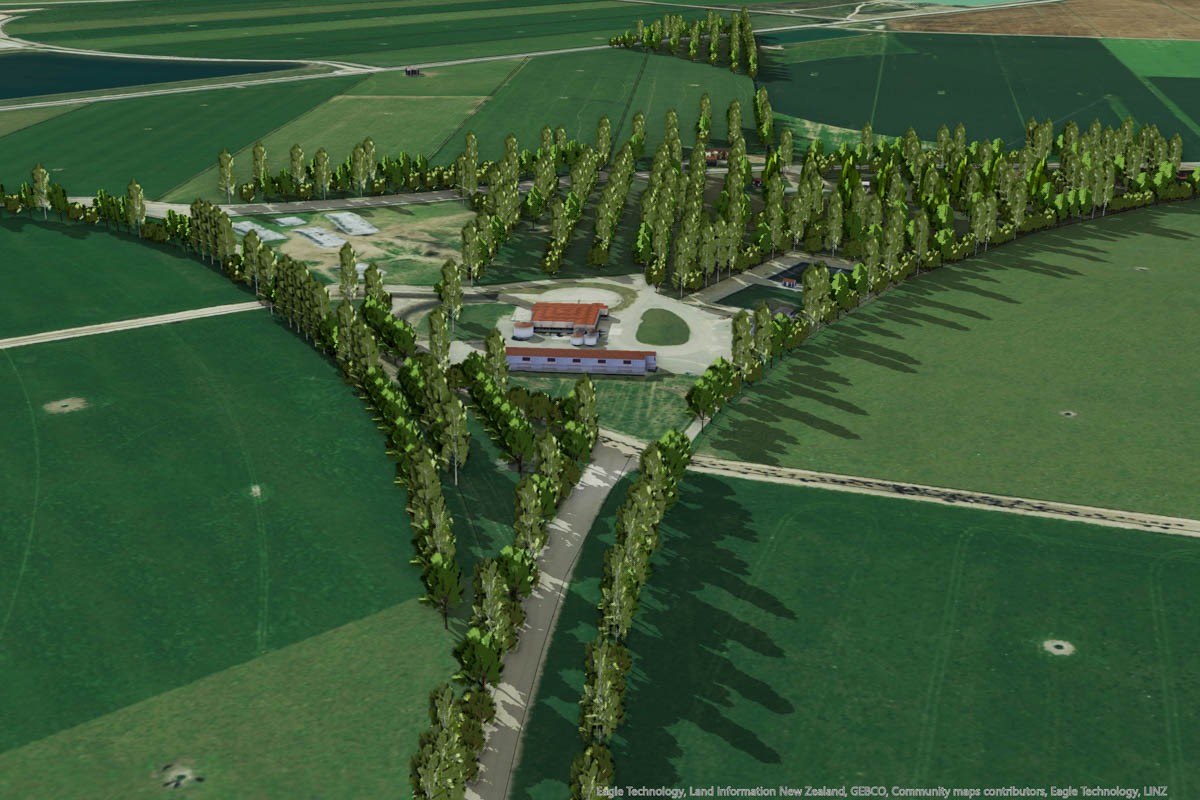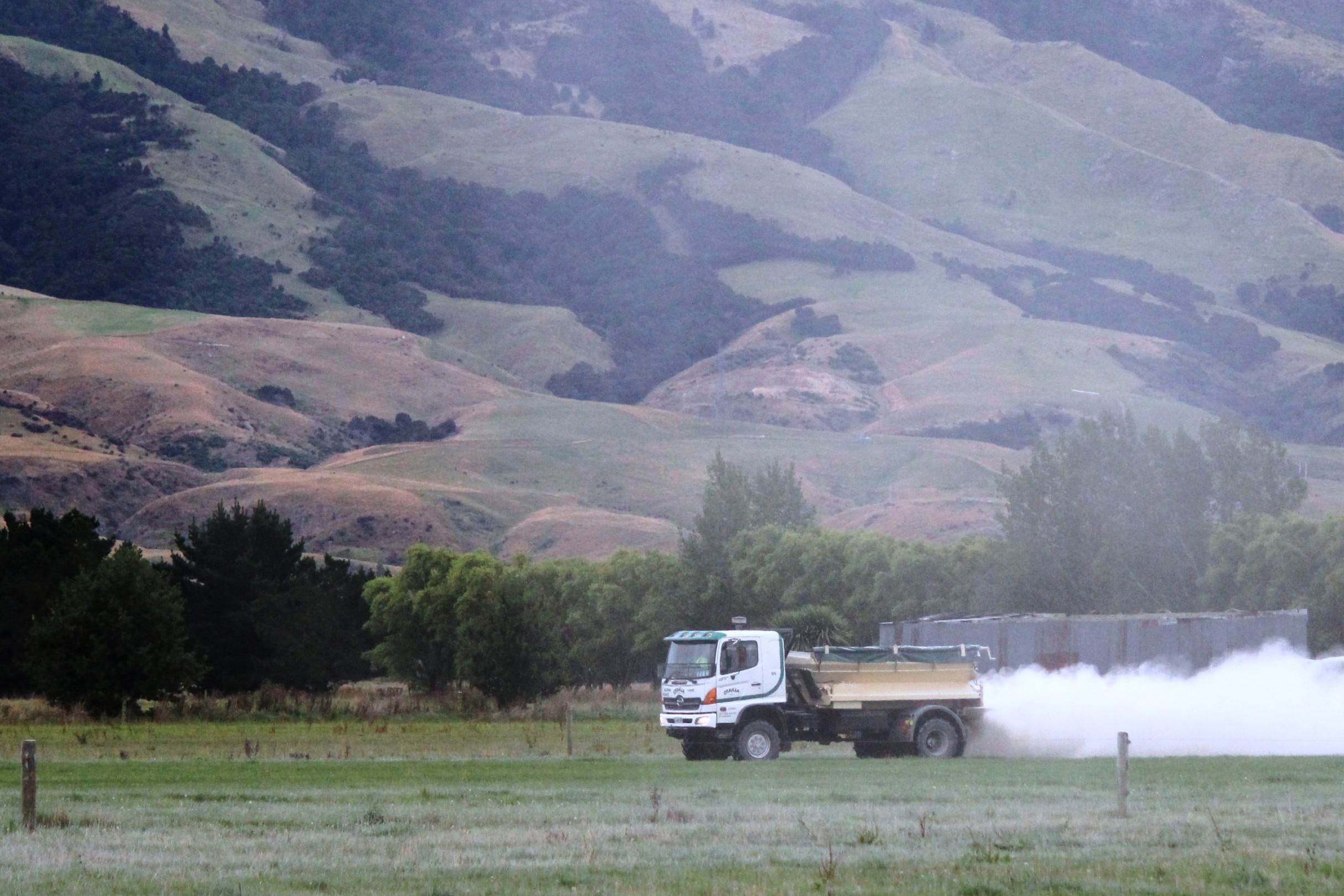A Northland farm was able to recover quickly from drought because there was some fat in the system. By Elaine Fisher.
Working with the farming team to model different scenarios and acting quickly to implement the best options saw Ashgrove Farm in Northland return to profit the year following the severe drought of 2020.
“It was the worst drought in my farming career. We did a lot of hard work and made hard decisions, but the result was we contained the losses in that financial year,” one of the farm’s owners James Parsons told the Farmax Conference, ‘Advancing the New Zealand farm system of the future’ held on-line over two days in early March.
“By June 30 (2020) pasture covers were 1850kg drymatter/ha rather than 1450 kg dm/ha and as a result, the next year we were $54,000 better off.”
Ashgrove is a 478-hectare sheep and beef property 55km west of Whangarei. The farm has a long stream-fed valley with 30ha of flats and medium hill country. The remaining 70% of the property is some of Northland’s steepest hill country and normally receives on average 1800mm of rain per year.
Parsons, who is also chairman of AgFirst Northland, told the conference that being able to get through the drought came down to a number of factors including having resilience in the system, dedicated staff and the use of Farmax modelling to aid decision making. Ashgrove Farm was able to recover quickly because there was some fat in the system, Parsons said. Farm operations which were too lean were like a lightweight ewe which successfully raised lambs in a good season but struggled in a harsh one. In contrast a ewe with ‘more fat on her back’ would come through harder times more easily.
However, Parsons said it was also possible to have too much fat in a farming system. Those at risk included farmers with “a lazy balance sheet and farmers whose livestock looks fantastic but have a light stocking rate. They are not in the sweet spot”.
Having resilience in the system not only enabled quicker recovery from adverse events, but it also reduced mental and emotional stress for farm owners and farm workers. “If you can reduce the frequency and severity of adversity, you are not under as much pressure.”
To build resilience, Parsons suggested farmers score the reserves within key components of their farm system; infrastructure, finances, team, animals, feed and markets, from one to 10. “A 10 is a lazy balance sheet, a five or less is too lean. Eight is a good level.”
“How good is your infrastructure – machinery, water system, fencing and tracks? Do you have cash available to draw on quickly to defer a sale, buy in feed or graze off in a drought, or employ extra labour?
“Are you tapped out running at 100% all the time just to keep the business running? Chasing your tail, fighting fires and with little time to think and act strategically?
“Are you stocked up to the limit with little contingency or pressurevalves to reduce feed demand or increase supply quickly? Is soil fertility at good levels?
“Is your stock policy profitable, fine tuned but adaptable enough should the market suffer a shock? Is it overly complex or simple?”
Parsons quoted respected agribusiness accountant Pita Alexander who has said “minimising your loss in a poor year is just as important as maximising your profit in a good year”.
To achieve that required risk management. The team at Ashgrove Farm used ‘war games’ to test and debate different scenarios, asking questions such as; “have we got enough cash to get through? What happens if we can’t sell stock and income drops by half? What impact would interest rate rises have on the business? What block of land could we sell off?”
As well as the economic risks, Parsons said it was becoming increasingly important to think about other risks. “We have a number of forestry blocks bounding our property which pose a potential fire risk.”
When it came to addressing the issues identified as needing attention, Parsons’s advice is; “follow the 80/20 rule and focus on the low hanging fruit first.
“Twenty per cent of the effort will give you 80 percent of the result. Eighty percent of the effort will achieve the last 20 percent – or perfection.”
- To find out more about how Ashgrove Farm got through the 2020 drought go to: beeflambnz.com/sites/default/files/news-docs/BLNZ-Northland-Drought-Management-Case-Study.pdf





